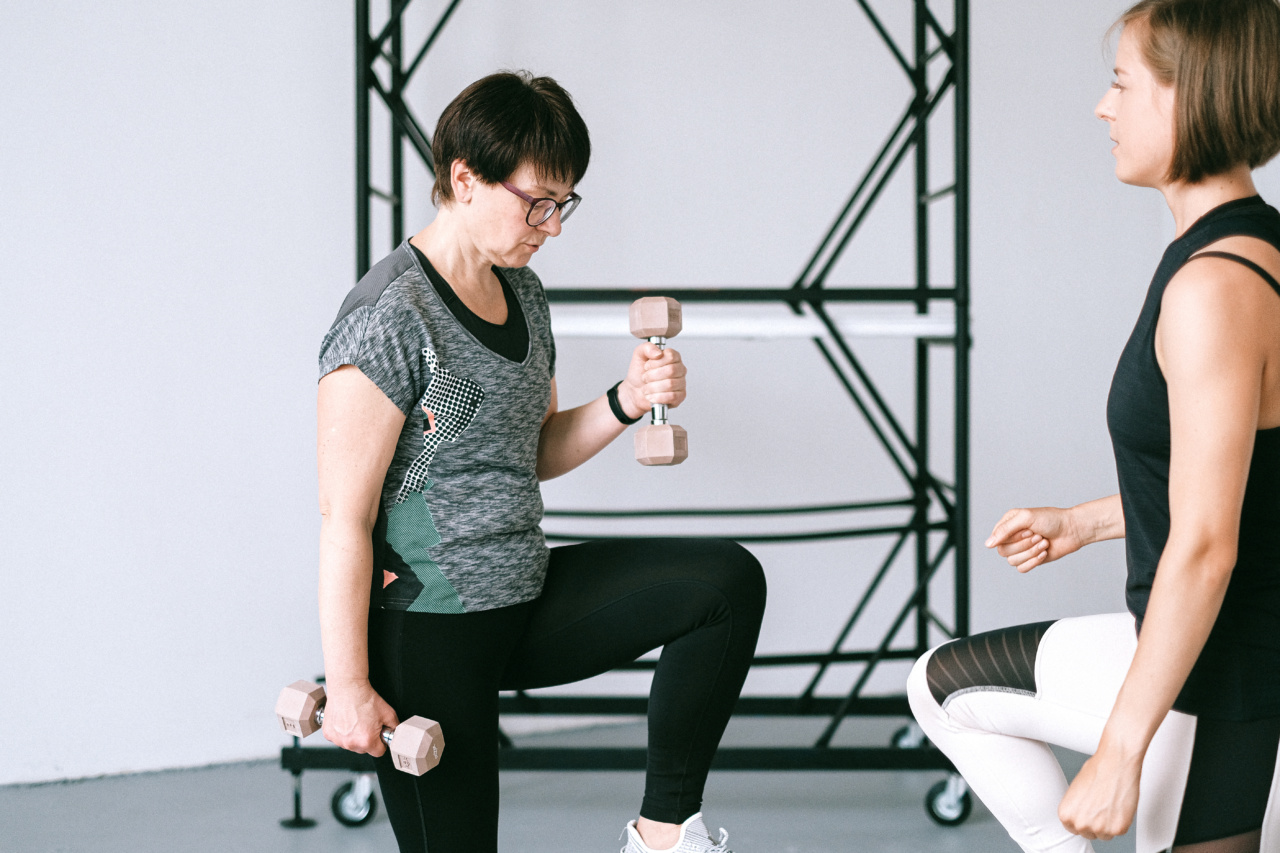Exercise forms a crucial part of a healthy lifestyle. The benefits of exercising regularly range from improving physical health, reducing stress levels, boosting mental well-being and providing opportunities for social interaction.
However, with a plethora of exercise forms to choose from, selecting the right type of exercise can be confusing, especially for beginners who are just starting.
To help you navigate the sea of different exercises, Harvard scientists have narrowed down the most effective forms of exercise that yield the best results for overall health and well-being. These are:.
1. Walking
Contrary to popular belief, walking is considered one of the best forms of exercise. It requires no equipment or gym membership, and almost everyone can do it.
Walking regularly has been shown to reduce the risk of chronic diseases, such as diabetes, high blood pressure, and heart disease. Walking also helps to improve bone health, boost mood, and reduce stress levels.
The Center for Disease Control and Prevention (CDC) recommends that adults aim for at least 150 minutes of moderate-intensity exercise every week. Brisk walking is one way to achieve that goal.
2. Swimming
Swimming is low-impact, making it a great option for people with joint pain or injuries. It provides an excellent full-body workout, burning up to 500-700 calories per hour.
Swimming regularly has been shown to help improve cardiovascular health, reduce blood pressure, increase lung capacity, and lower stress levels.
So if you’re looking for a fun, versatile, low-impact exercise option, swimming might be the workout for you.
3. Strength Training
Strength training focuses on building or preserving muscle mass and increasing overall strength. It typically involves using weights or resistance bands to target specific muscle groups.
Resistance training can help improve bone density, increase metabolism, and reduce the risk of chronic diseases such as diabetes and heart disease.
It is essential to include strength training in your exercise regimen, especially as you age. Experts recommend doing strength training exercises at least twice a week.
4. Yoga
Yoga is a mind-body practice that helps improve balance, flexibility, and strength. It involves controlled breathing, meditation, and a series of poses or asanas.
Practicing yoga regularly has been shown to help reduce stress levels, improve mental clarity, and reduce the risk of chronic diseases such as heart disease.
Yoga provides varied styles that cater to different individual needs, so it’s essential to find the style that works best for you.
5. High-Intensity Interval Training (HIIT)
High-Intensity Interval Training (HIIT) is a form of cardiovascular exercise that involves short, intense bursts of exercise, followed by periods of rest or low-intensity exercise.
HIIT is effective in burning calories, reducing body fat, and improving cardiovascular health. It is also one of the most effective forms of exercise for boosting metabolism.
However, beginners should take precautions when starting HIIT and build up endurance and stamina gradually. It is also essential to have proper form and technique when performing HIIT exercises to avoid injury.
Conclusion
These five exercise options are highly recommended by Harvard scientists for optimum health and overall well-being, but it is essential to choose exercises that you enjoy and that align with your individual health goals and physical capabilities.
Regardless of the type of exercise you choose, it is recommended to aim for at least 150 minutes of moderate-intensity exercise each week, spread across several days.
By incorporating these exercises into your lifestyle, you can improve your overall health, reduce stress levels, and enjoy the benefits of regular physical activity.




























